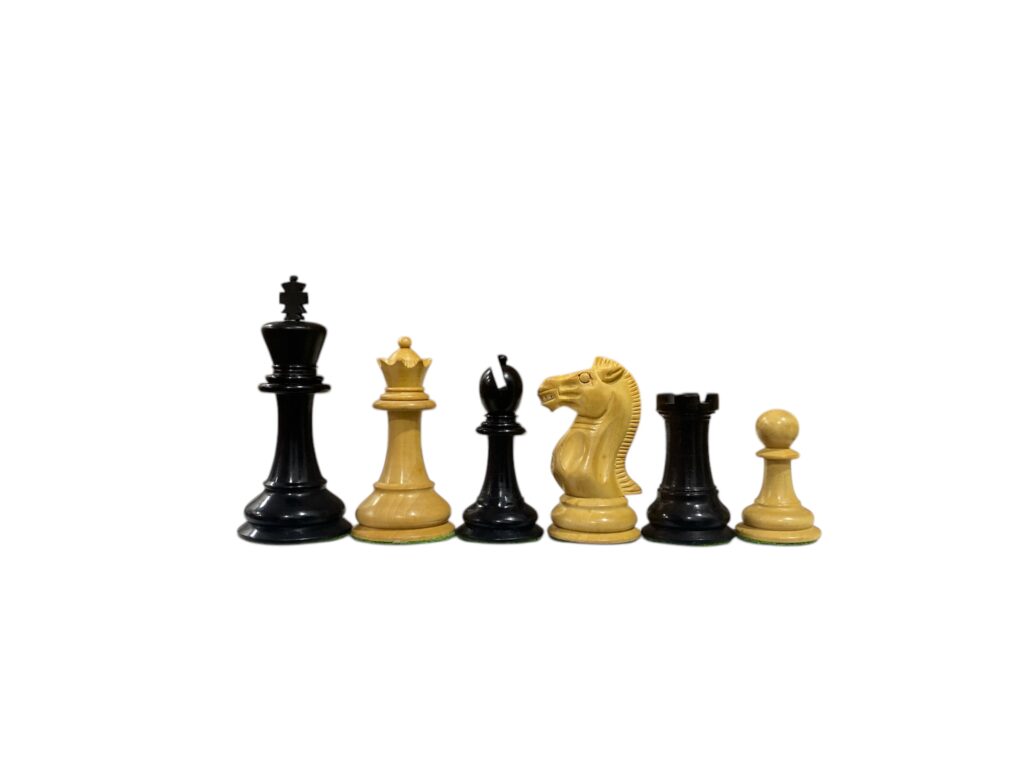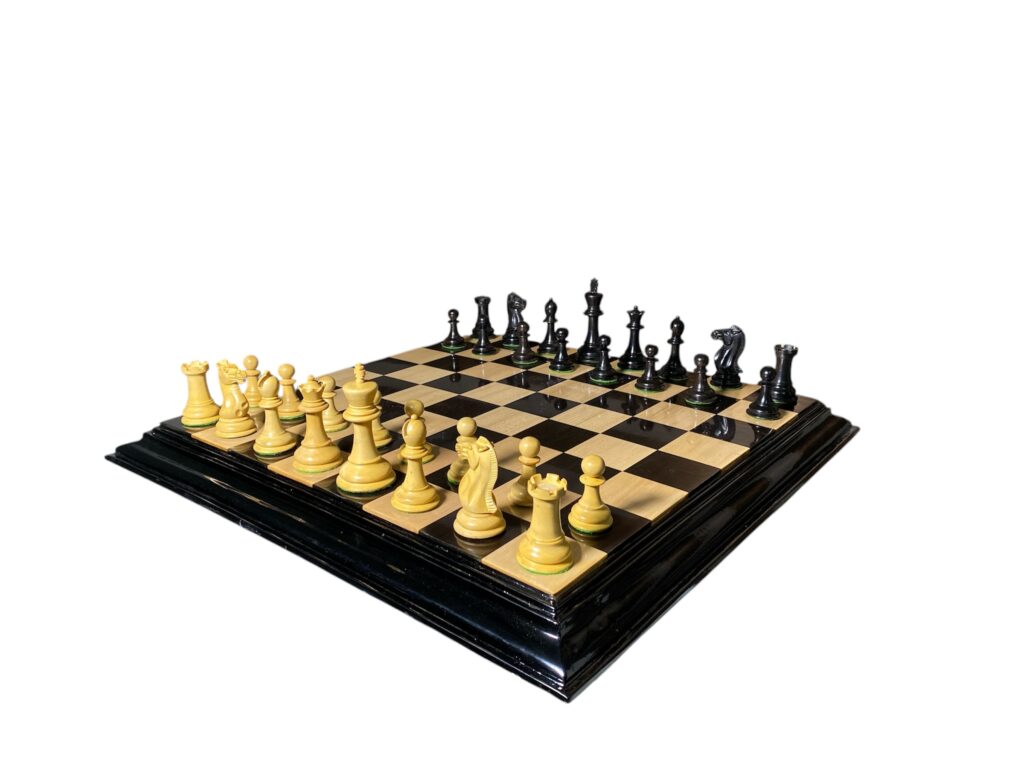Flat 30% OFF Use Code FLAT30
Flat 15% OFF Use Code STORE15
Flat 40% OFF Use Code FLAT40
COD Available
Flat 30% OFF Use Code FLAT30
Flat 15% OFF Use Code STORE15
Flat 40% OFF Use Code FLAT40
COD Available

Chess has been played for centuries, but the Staunton chess pieces, introduced in the mid-19th century, revolutionized the game. Today, they remain the gold standard for tournaments and casual play alike. In this blog, we delve into the history, design, and significance of Staunton chess pieces, and why they continue to be the preferred choice for chess enthusiasts worldwide.
Before the Staunton design was introduced, chess pieces varied widely in style, often making it difficult for players to distinguish between them. This lack of uniformity led to confusion, particularly in competitive play. Recognizing the need for a standardized design, Nathaniel Cook created what we now know as the Staunton chess pieces in 1849. He registered the design and partnered with John Jaques of London to manufacture the first sets. The pieces were endorsed by Howard Staunton, one of the leading chess players of the time, lending them credibility and widespread adoption.
The Staunton design was groundbreaking due to its clarity, balance, and durability. Each piece was uniquely crafted for easy identification:
These pieces are crafted to be both visually appealing and functional, with well-balanced bases to prevent toppling during play.
Staunton chess sets have been made from various materials over the years. Traditional sets are carved from high-quality woods such as ebony, boxwood, and rosewood. Luxury sets may include exotic materials like ivory or bone, while modern sets often use plastic for affordability and durability. Weighted bases with felt bottoms are common to ensure smooth movement on the board.
In 1924, the World Chess Federation (FIDE) officially adopted Staunton chess pieces as the standard for all international competitions. Their clarity and ease of recognition make them ideal for fast-paced tournament play, where quick piece identification is crucial.
The Staunton design has stood the test of time due to its elegance, practicality, and historical significance. Chess players appreciate the set’s ergonomic feel and the ease with which they can differentiate between the pieces. Collectors seek out antique Staunton sets for their craftsmanship and historical value. Even in the digital age, online chess platforms replicate the Staunton design to maintain familiarity for players worldwide.
The Staunton chess pieces represent a perfect blend of tradition, functionality, and artistry. Whether you’re a casual player, a serious competitor, or a collector, owning a Staunton chess set means possessing a piece of chess history. Their timeless design ensures that they will remain the benchmark for chess sets for generations to come.

For Buy Premium and Quality Chess Click Here – https://bosshandicrafts.com/?s=staunton&e_search_props=dcbc3cd-1118